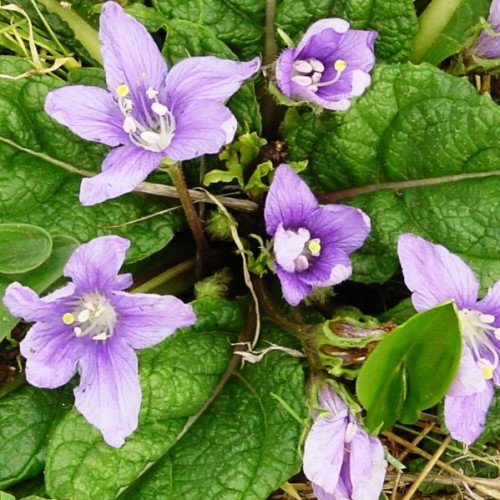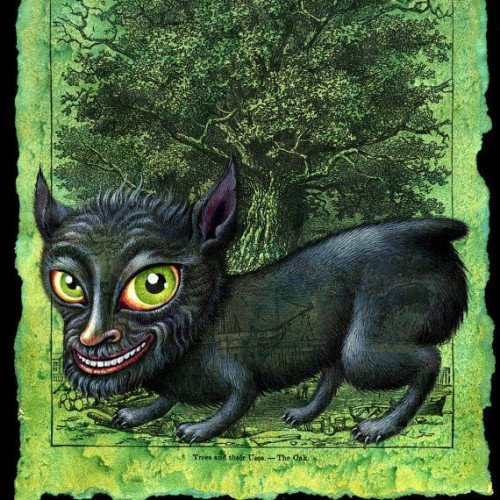Mandrake vs Penghou

Mandrake
A mandrake is the root of a plant, historically derived either from plants of the genus Mandragora found in the Mediterranean region, or from other species, such as Bryonia alba, the English mandrake, which have similar properties. The plants from which the root is obtained are also called "mandrakes". Mediterranean mandrakes are perennial herbaceous plants with ovate leaves arranged in a rosette, a thick upright root, often branched, and bell-shaped flowers followed by yellow or orange berries. They have been placed in different species by different authors. They are highly variable perennial herbaceous plants with long thick roots (often branched) and almost no stem. The leaves are borne in a basal rosette, and are variable in size and shape, with a maximum length of 45 cm (18 in). They are usually either elliptical in shape or wider towards the end (obovate), with varying degrees of hairiness.Because mandrakes contain deliriant hallucinogenic tropane alkaloids and the shape of their roots often resembles human figures, they have been associated with a variety of superstitious practices throughout history. They have long been used in magic rituals, today also in contemporary pagan traditions such as Wicca and Odinism.The English name of the plant derived from Latin mandragora through French main-de-gloire.
Statistics for this Xoptio

Penghou
The Penghou (Chinese: 彭侯; pinyin: Pénghóu; Wade–Giles: P'eng-hou, pronounced [pʰə̌ŋ.xǒʊ]; literally: "drumbeat marquis") is a tree spirit from Chinese mythology and folklore. Two Chinese classics record similar versions of the Penghou myth. The (c. 3rd century) Baize tu (白澤圖, "Diagrams of the White Marsh"), named after the Baize "White Marsh" spirit recorded in the Baopuzi, is no longer fully extant, but is identified with a Dunhuang manuscript (P2682). It describes the Penghou: A creature that has evolved from the essence of wood is called Penghou. It looks like a black dog with no tail and its meat can be prepared as food. The essence of a 1,000-year-old tree may evolve into a spirit called Jiafei. It looks like a pig. Its meat tastes like dog meat. (tr. Luo 2003: 4132) The (c. 4th century) Soushenji (搜神記, "In Search of the Supernatural") has a story about "The Penghou in the Camphor Tree": During the Wu Kingdom (Three Kingdoms Period, 220–280) Jing Shu felled a big camphor tree. Then the wood bled and inside there was an animal that was similar to a dog but with a human face. Jing Shu said this was a Penghou. So he stewed the animal and ate it, which tasted like dog meat. (tr. Luo 2003: 4132, cf. DeWoskin and Crump 1996: 215–216) Li Shizhen's (1578) Bencao Gangmu ("Compendium of Materia Medica") lists Penghou under Chapter 51, which primarily describes medicinal uses for monkeys. The entry quotes the Baize tu and Soushenji and describes Penghou meat as "sweet, sour, warm, and nontoxic" (tr. Luo 2003: 4132). The Japanese pronunciation of Penghou is Hōkō (彭侯). This tree spirit is included in the Konjaku Hyakki Shūi, one of Toriyama Sekien's collections of monster illustrations. Sekien quoted the Soushenji and added the Baize tu 1,000-year-old tree description.